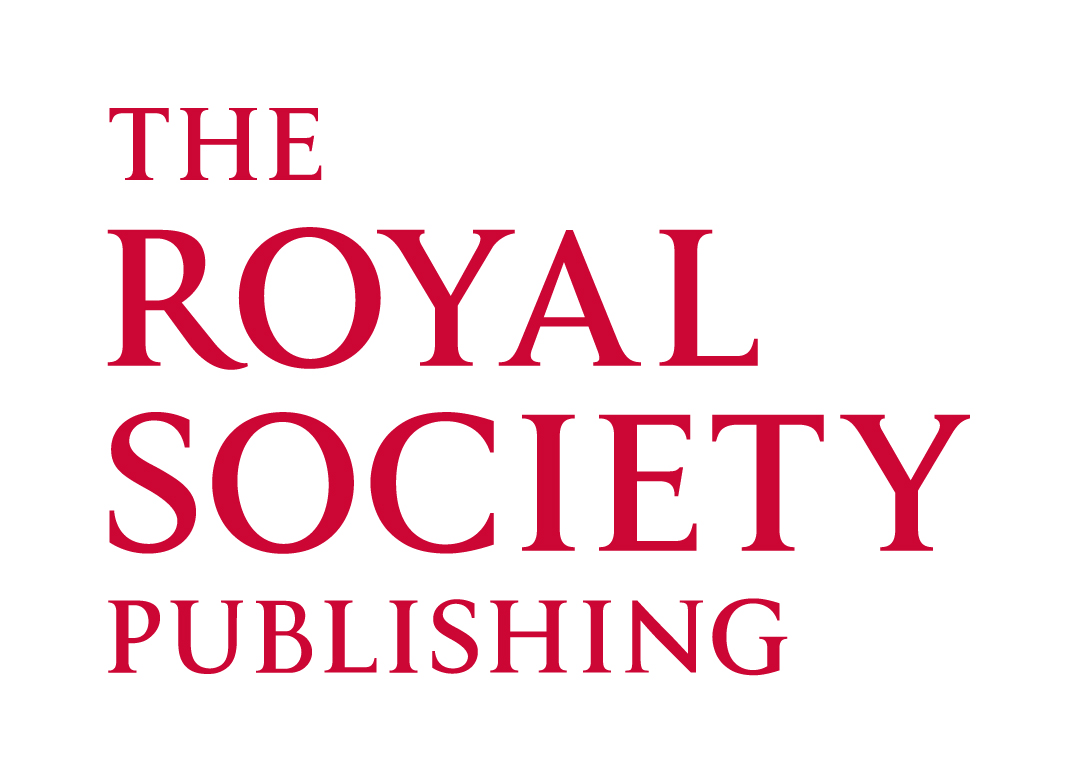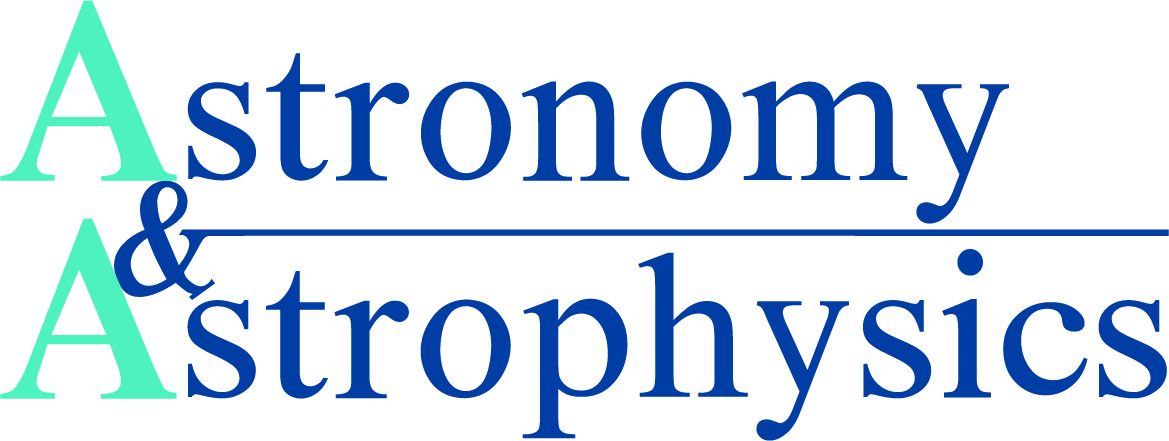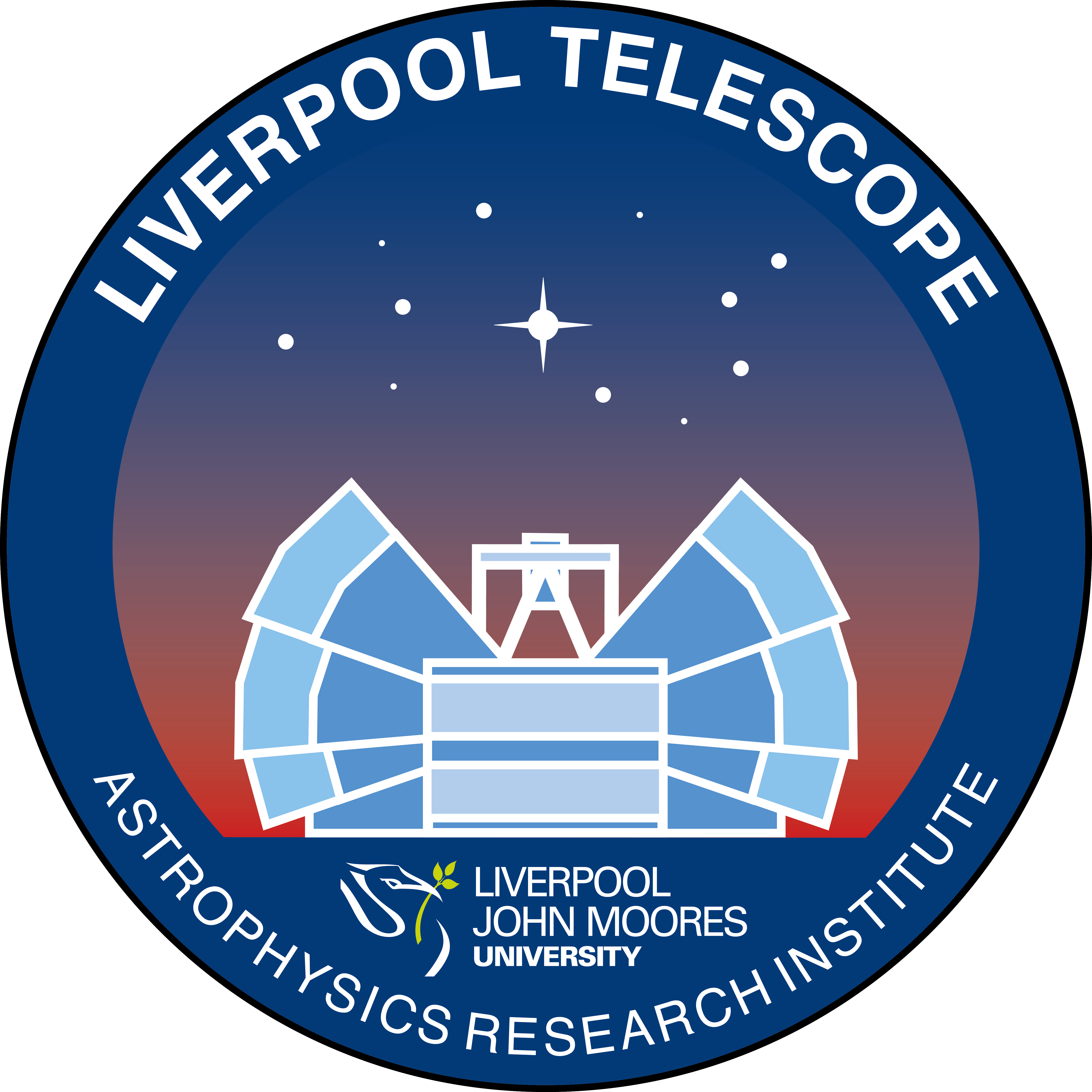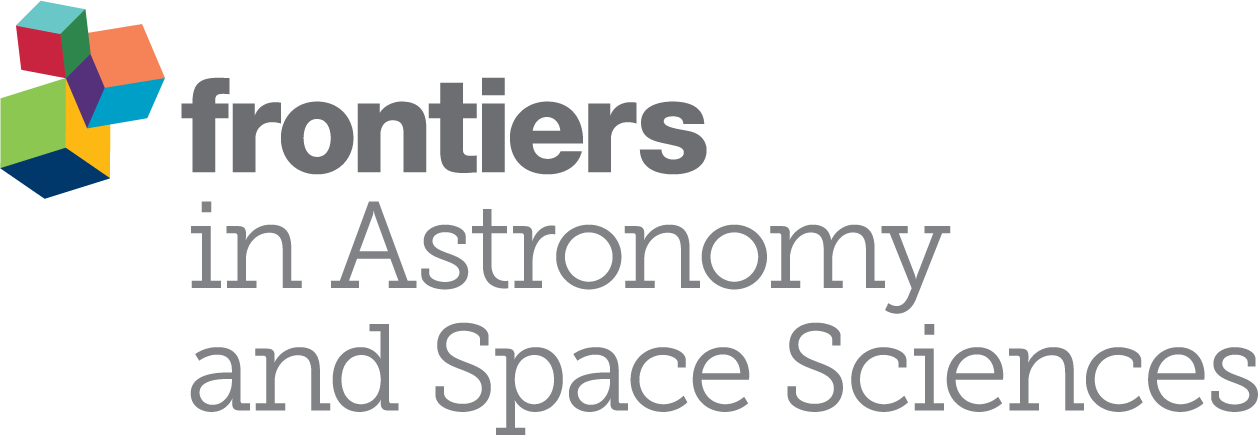Special Session SS5
4 April 2018
Complex organic molecules in the Universe: current understanding and perspectives
Aims and scope
One of the key questions in modern Astronomy is how life appeared on Earth. It is currently believed that the link between the chemistry observed in the interstellar medium (ISM) and life on Earth may be Complex Organic Molecules (COMs), carbon-based compounds with more than 6 atoms in their molecular structure. Most of the detections of COMs in the ISM have been reported toward either the central region of our Galaxy, the Galactic Center, or toward the hot molecular cocoons around high-mass and low-mass protostars. As a consequence, it has been traditionally assumed that COMs form on the surface of interstellar dust grains predominantly in hot environments.
In the past decade, new instrumentation has allowed studies of COMs at much higher sensitivity and spectral resolution, and toward a variety of astronomical objects. The results from these studies have shown that COMs are indeed detected not only in hot galactic environments but also in Solar-system objects such as comets, or even in nearby and high-redshift galaxies. Particularly striking is the detection of these complex organics in harsh environments for COM formation such as UV photon-dominated regions (PDRs), molecular outflows, protoplanetary disks, or cold dark cloud cores.
Triggered by these discoveries, the community has made an extraordinary effort to understand the formation of COMs in unfavourable environments. Firstly, large COM surveys have been, or are currently being, carried out at different facilities such as the IRAM 30m telescope, the GBT, NOEMA, and ALMA, to furnish a complete inventory of COMs in star-forming regions at different evolutionary stages and under different physical conditions. Secondly, theoretical studies have proposed new mechanisms for COM formation, including gas-phase formation, non-canonical chemical explosions, cosmic-ray induced radical diffusion, impulsive spot heating of grains, or radical-radical recombination after H-atom addition/abstraction reactions on grain surfaces. Some of these mechanisms are controversial and their actual efficiency is, in most cases, unconstrained. Thirdly, experimental measurements are currently being performed in the lab as a result of these theoretical works, to provide constraints on the efficiency of these mechanisms, but general consensus does not exist yet.
This EWASS Symposium aims at bringing the community together to identify the key limitations in our understanding of COM chemistry and to discuss ideas to overcome those limitations. With the advent of JWST in October 2018, and with ALMA entering its Full Operations phase, this symposium will help us in gaining a complete and detailed view of our current understanding of COM chemistry, and to design the strategy to best exploit these facilities.
Programme
- COM observations: inventory in galaxies, star-forming regions and Solar-system bodies.
- COM chemical modelling: Limitations and improvements.
- Laboratory experiments of COM formation: Limitations and improvements.
Invited speakers
- Cecilia Ceccarelli (IPAG, France)
- Kathrin Altwegg (Bern University, Switzerland)
- Rebeca Aladro (MPIfR, Germany)
- Catherine Walsh (University of Leeds, UK)
- Anton Vasyunin (MPE, Germany)
- David Quenard (QMUL, UK)
- Harold Linnartz (Leiden Observatory, Netherlands)
- Louis D'Hendecourt (UniversitÚ d'Aix-Marseille, France)
- Nadia Balucani (UniversitÓ di Perugia, Italy)
Scientific organisers
Izaskun Jimenez-Serra (QMUL, UK), Paola Caselli (MPE, Germany), Serena Viti (UCL, UK), Leonardo Testi (ESO, Germany), Jesus Martin-Pintado (CAB, Spain), Marco Minissale (AMU, France)
Contact
Izaskun Jimenez-Serra (i.jimenez-serra @ qmul.ac.uk)
Updated on Thu Dec 07 13:59:29 CET 2017
|
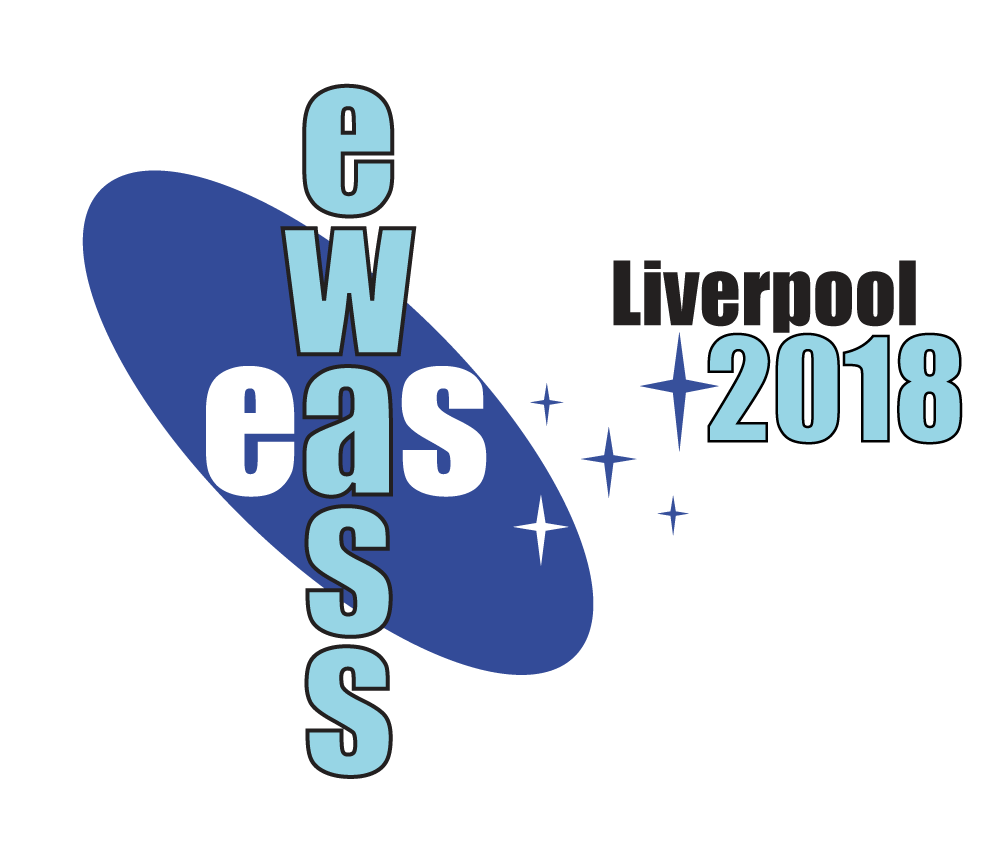
 A power cut will shut down all EAS services on Tuesday, 10 January 2017 starting at 7:30 CET.
A power cut will shut down all EAS services on Tuesday, 10 January 2017 starting at 7:30 CET.











